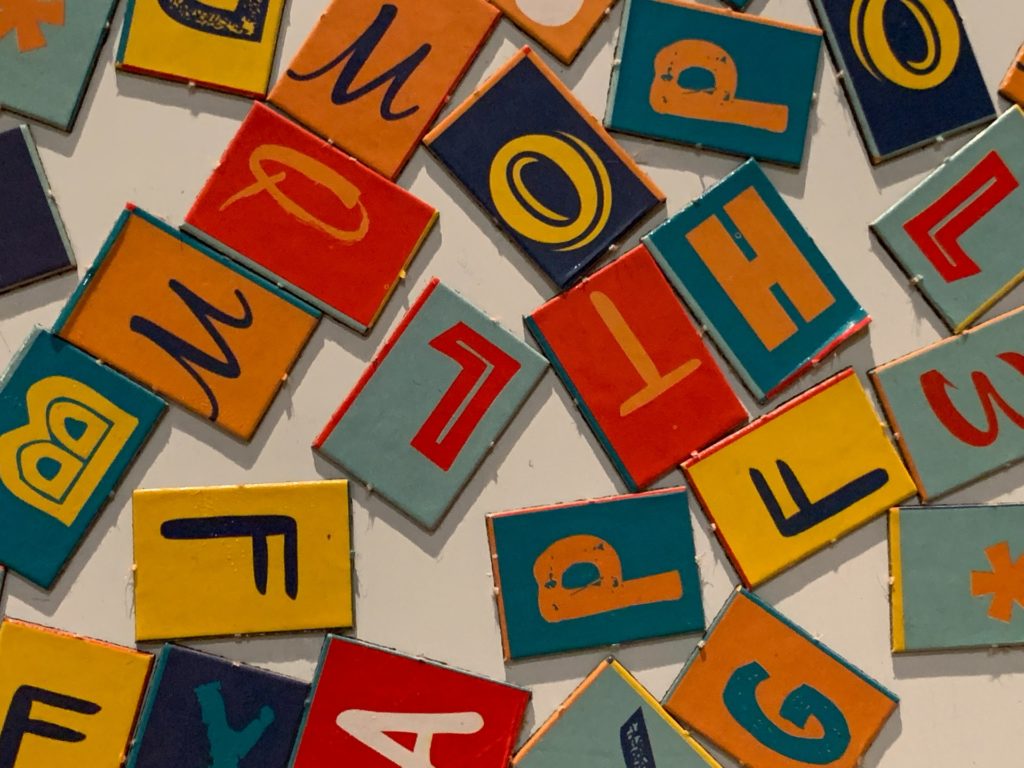Learning a new language is never easy, but it is one of the most fun things you can do with your free time. You could surprise your date by ordering in French, Spanish, or Italian when going out to eat, or you can eavesdrop on other people’s conversations while standing right in front of certain language speakers because they would assume you don’t know.
Learn the alphabet

First and foremost, you have to learn the alphabet to learn whatever language you want to learn. Without the alphabet, you won’t be able to read, listen nor write anything so it is imperative that you start from the basic building block. For example, the Mongolian language uses Cyrillic alphabets, thus learning the basics of Cyrillic alphabets is essential.
Writing
The first thing you need to learn to do is writing the alphabet letters. Depending on the language, it may use a different alphabet system. There are many alphabet systems in the world, most notably you would know the Latin alphabet.
Learning a new alphabet system might be completely foreign and alien to you, but it is the first step you have to take when learning a language.
Pronunciation
Now that you have learned the basics of writing, you must learn the pronunciation of those letters. Keep in mind that some letters sound different when connected together with different letters, so a letter might sound a particular way by itself, but once it connects with a vowel the sound might completely change.
Learn to count
Learning to count is essential. Especially when you are traveling abroad, you will need to know the phrase ”How Much” ”How many”, and being able to understand numbers will give you an advantage over ignorant tourists. Sometimes you just have to ask ”How much” in the native language with a perfect accent and keep your mouth shut because you might just get the real price, instead of the tourist price.
Learn the basic conjugations

If you want to be somewhat grammatically correct when speaking, you need to learn the basic conjugation rules for present tense verbs. Some languages don’t have any conjugations while some other languages have varying rules for conjugating a verb.
Once you learn the basic conjugations for I, you, he/she, etc, you can go ahead and learn past tense, future tense, and other nuanced tenses for whatever language you are learning.
Improving your vocabulary
Once you know all the steps above, you can start improving your vocabulary and start adding words to your library. You can download certain applications that give you a new word of the day, or just look up a random word that might be useful every day. However, reading someone and trying to understand the sentence has always been a good way for me to learn new words and vocabulary.
Related: Where is the Mongolian language spoken?
Reading books

When you start reading books, you are now starting to put it all together. Depending on what level you feel comfortable with, you can always start from children’s books and keep going to more challenging books.
It’s a good way to cement your understanding of the basic conjugations, future/past tenses, and other rules that apply to a particular language.
Keep your dictionary or Google Translate at the ready, because you will probably need to look up a lot of words here and there.
Watching Movies
For improving your listening, watching movies in the language you are trying to learn is a very good method. Who doesn’t like watching good movies? It won’t feel like a study session at all, because you will be trying to connect the dots together and for individuals who like solving puzzle pieces it might be a fun way to practice. Plus, you will get to learn more about the culture of the country by watching movies.

If you want to start a bit easy, you can turn subtitles on and then progress to having no subtitles, so that you now are forcing yourself to listen attentively.
Final Conclusion
So now that you have some idea of learning a new language, put it into practice and start learning the language you have always wanted to learn. With the digital age, there are so many resources and opportunities for you to learn.
